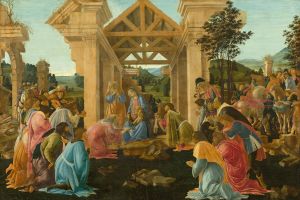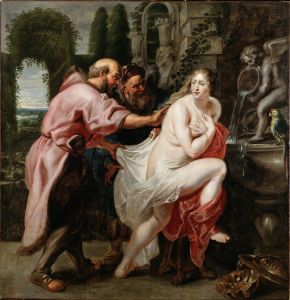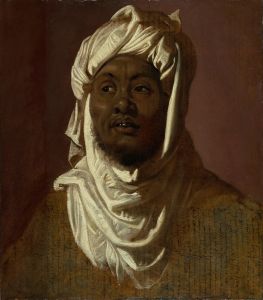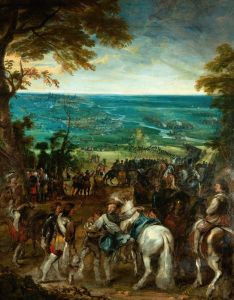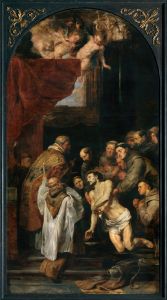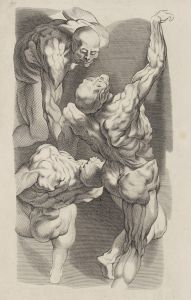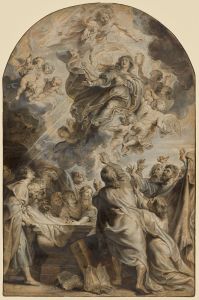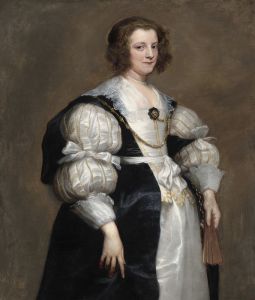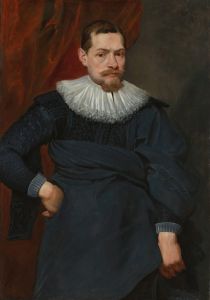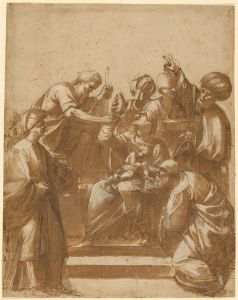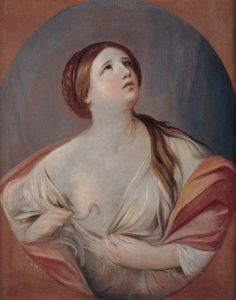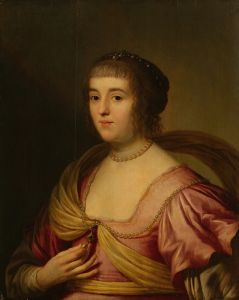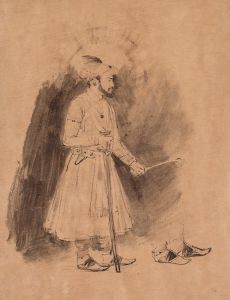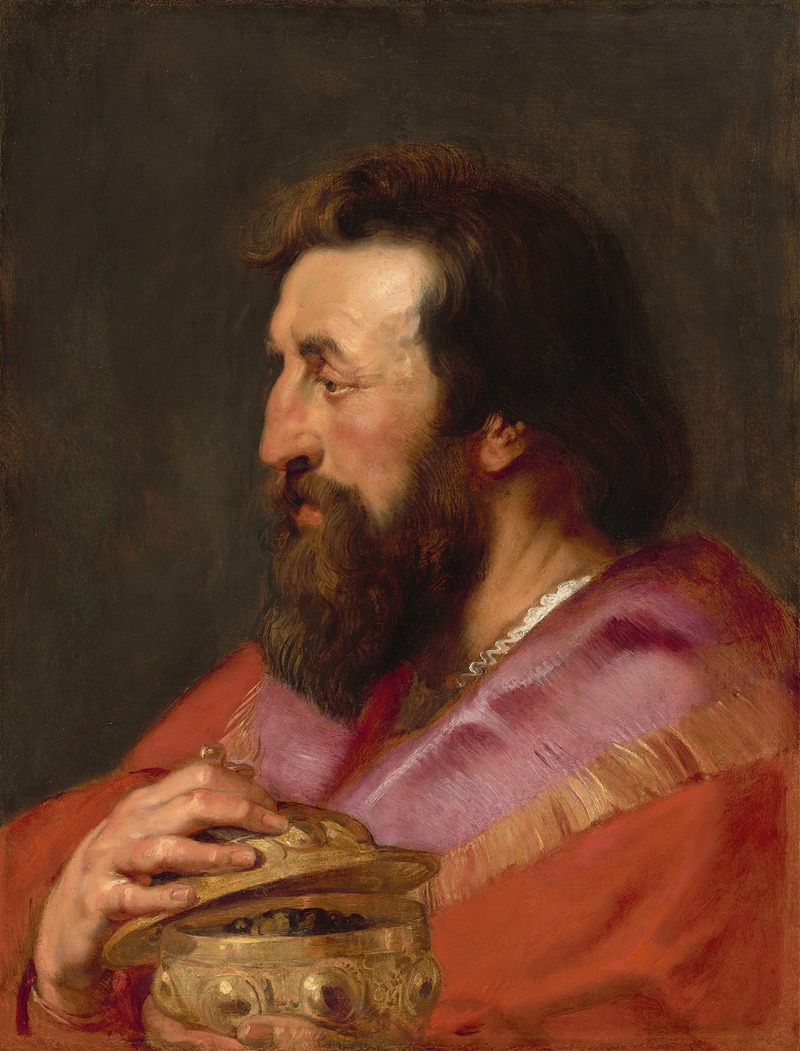
Head of One of the Three Kings – Melchior,The Assyrian King
A hand-painted replica of Peter Paul Rubens’s masterpiece Head of One of the Three Kings – Melchior,The Assyrian King, meticulously crafted by professional artists to capture the true essence of the original. Each piece is created with museum-quality canvas and rare mineral pigments, carefully painted by experienced artists with delicate brushstrokes and rich, layered colors to perfectly recreate the texture of the original artwork. Unlike machine-printed reproductions, this hand-painted version brings the painting to life, infused with the artist’s emotions and skill in every stroke. Whether for personal collection or home decoration, it instantly elevates the artistic atmosphere of any space.
Peter Paul Rubens was a prolific 17th-century Flemish Baroque painter known for his dynamic compositions, vibrant use of color, and dramatic expressions. Among his many works, "Head of One of the Three Kings – Melchior, The Assyrian King" is a notable piece that reflects his mastery in portraiture and religious themes.
This painting is a study for a larger work, likely intended to be part of a depiction of the Adoration of the Magi, a popular subject in Christian art that portrays the visit of the Magi to the newborn Jesus. The Magi, often referred to as the Three Kings or Wise Men, are traditionally named Melchior, Caspar, and Balthazar. Each king is typically represented as coming from different parts of the world, symbolizing the universality of Christ's message. Melchior is often depicted as the oldest of the three and is sometimes shown as an Assyrian king, which aligns with Rubens' portrayal in this study.
Rubens' depiction of Melchior captures the regal and wise nature of the king. The painting focuses on the head and shoulders, emphasizing the facial features and expression. Rubens' skillful use of light and shadow brings a three-dimensional quality to the face, highlighting the textures of the skin and the intricate details of the king's attire. The artist's characteristic brushwork is evident in the fluidity and energy of the strokes, which contribute to the lifelike presence of the figure.
The painting is executed with oil on panel, a medium Rubens frequently used for its versatility and ability to convey rich colors and fine details. The choice of medium and the careful attention to detail suggest that this study was an important part of Rubens' preparatory process for a larger composition. Studies like this one allowed Rubens to experiment with different poses, expressions, and lighting effects before committing to the final work.
Rubens' interest in the Adoration of the Magi theme is well-documented, as he created several versions of this scene throughout his career. His fascination with the subject reflects the broader Baroque interest in dramatic religious narratives and the exploration of human emotion and divine presence. The study of Melchior would have contributed to Rubens' exploration of these themes, allowing him to refine his portrayal of the Magi's reverence and the cultural diversity they represent.
While the exact date of this study is not specified, it is consistent with Rubens' style and technique during the height of his career in the early 17th century. The painting is part of a larger body of work that showcases Rubens' ability to blend realism with idealism, capturing both the physical likeness and the spiritual essence of his subjects.
In summary, "Head of One of the Three Kings – Melchior, The Assyrian King" by Peter Paul Rubens is a testament to the artist's skill in portraiture and his deep engagement with religious themes. Through his masterful use of oil paint and his attention to detail, Rubens brings to life the character of Melchior, contributing to the rich tapestry of Baroque religious art.





